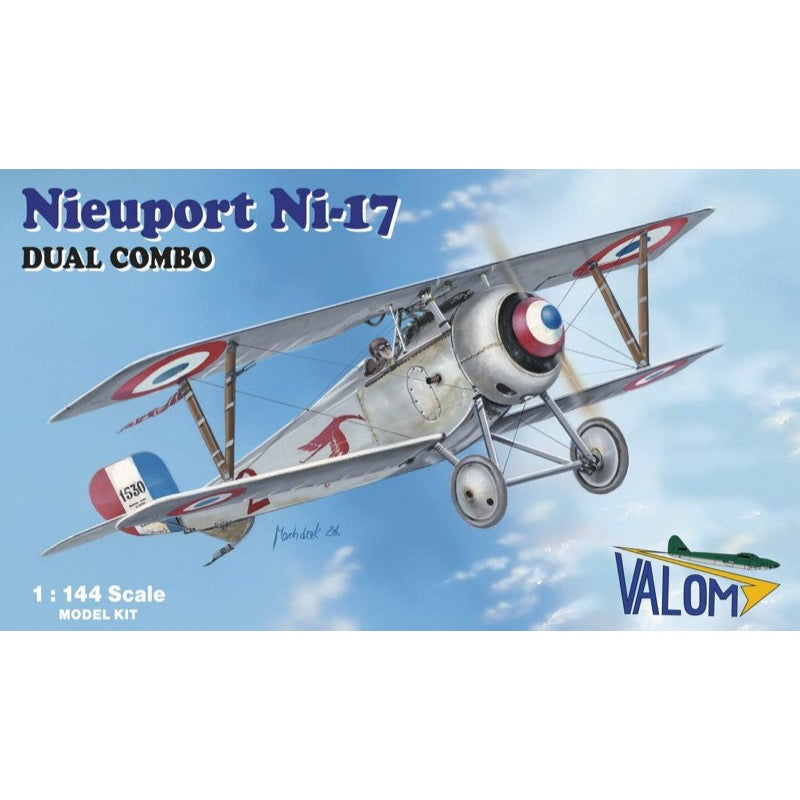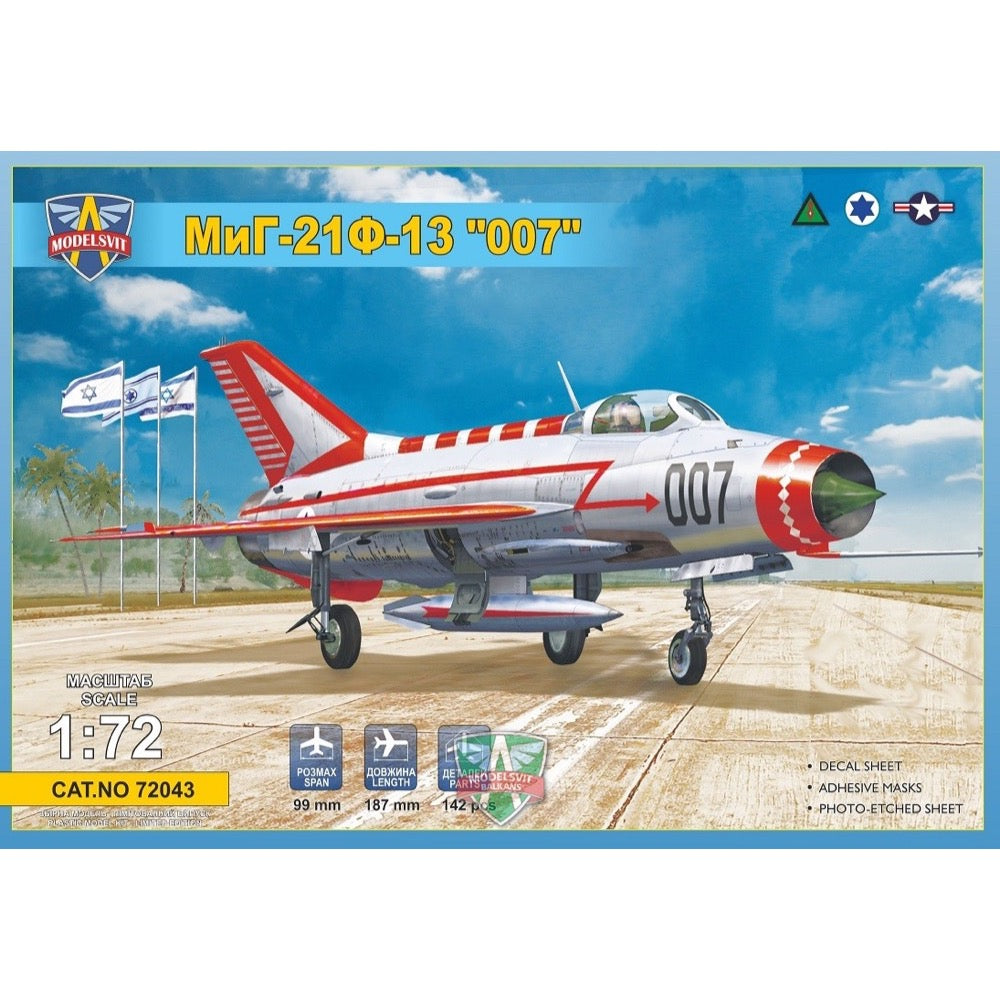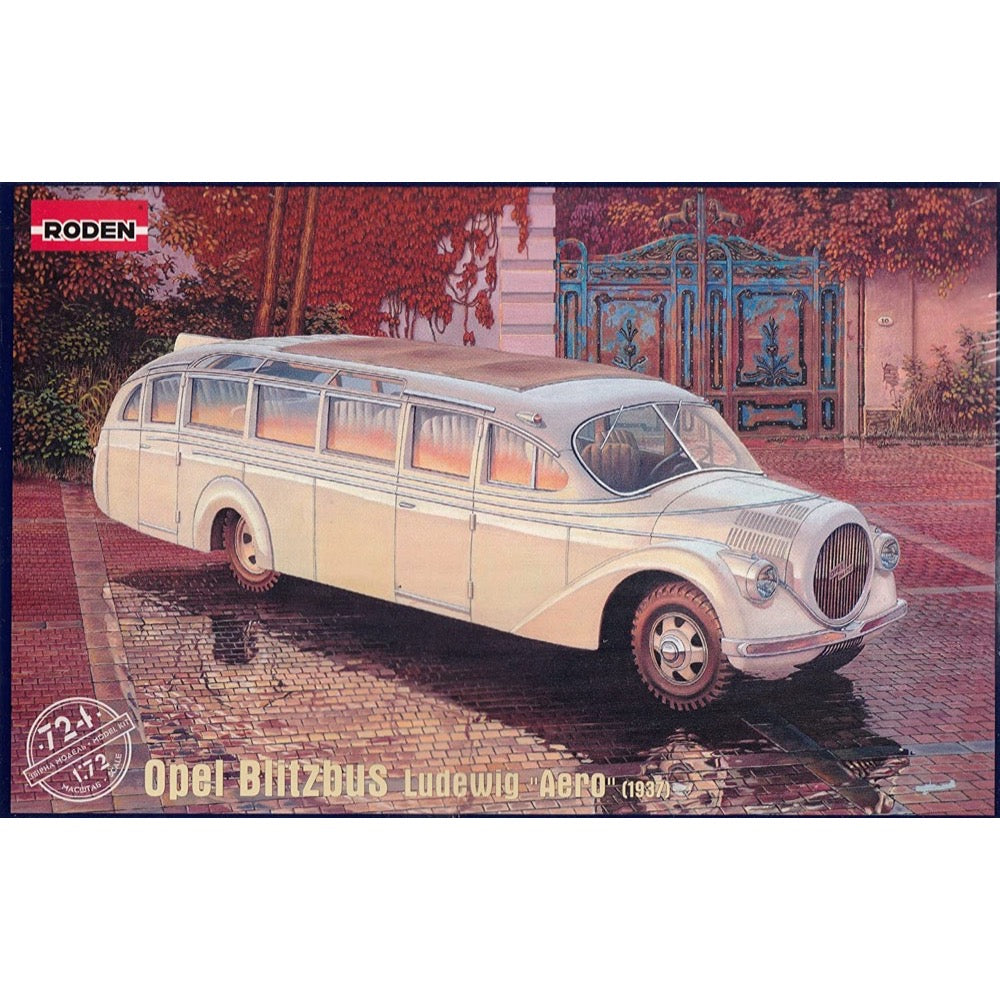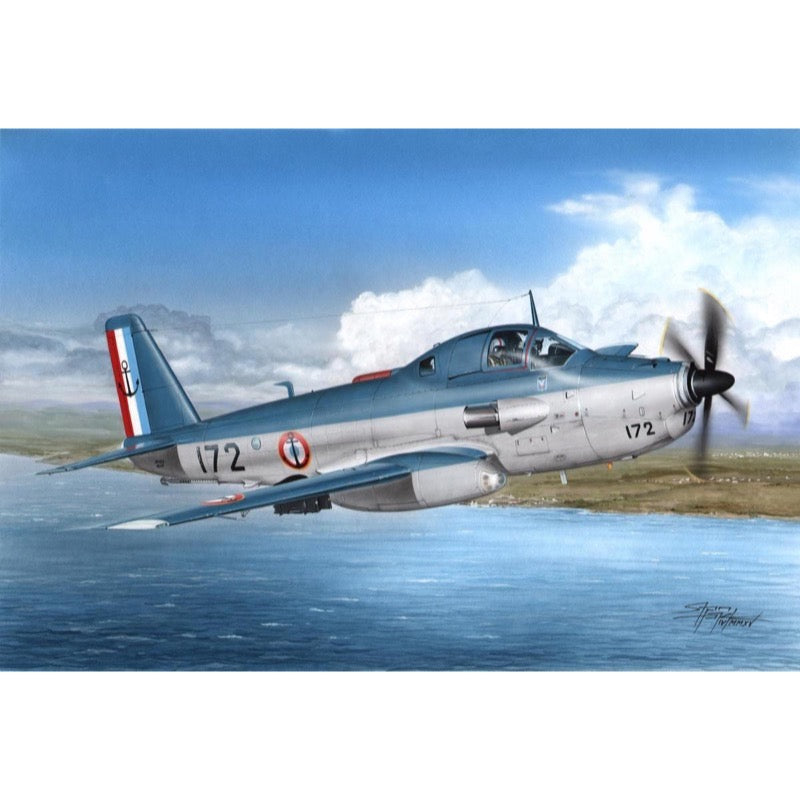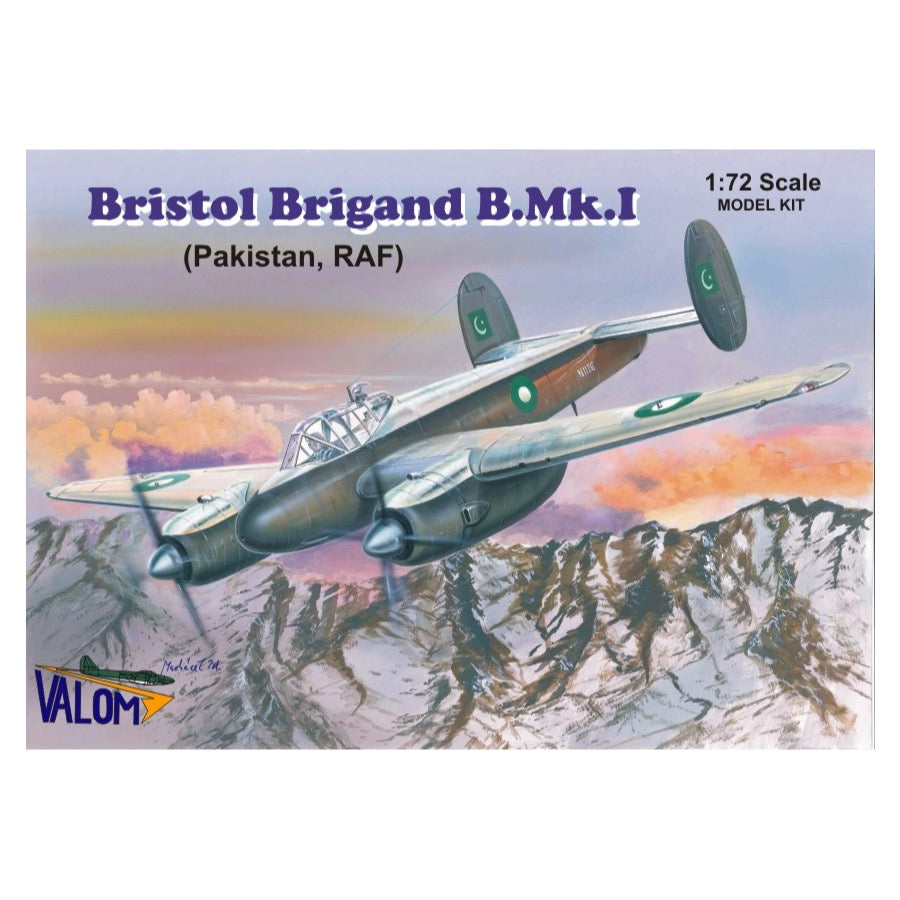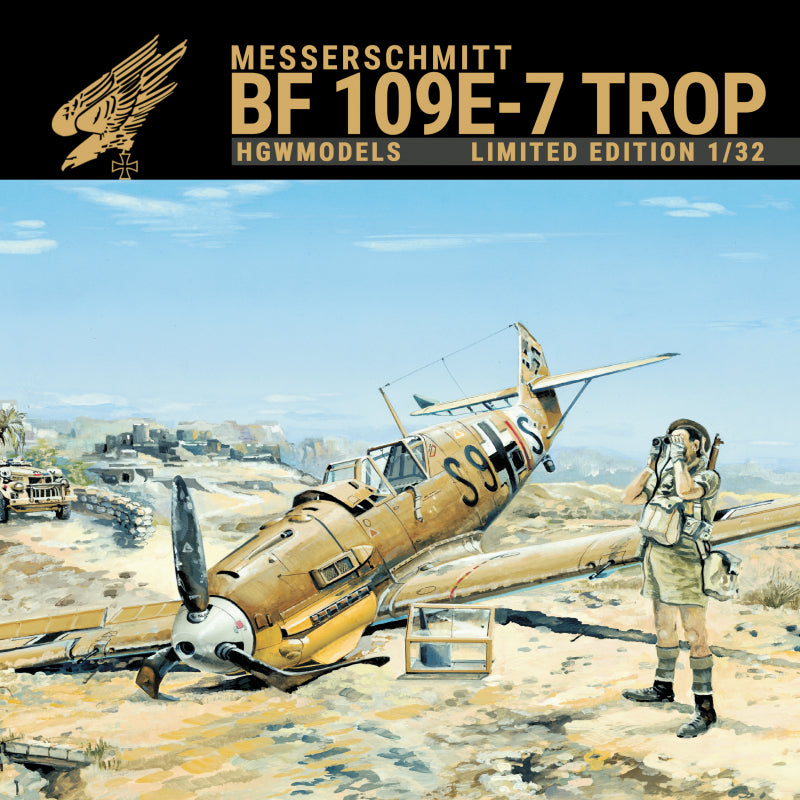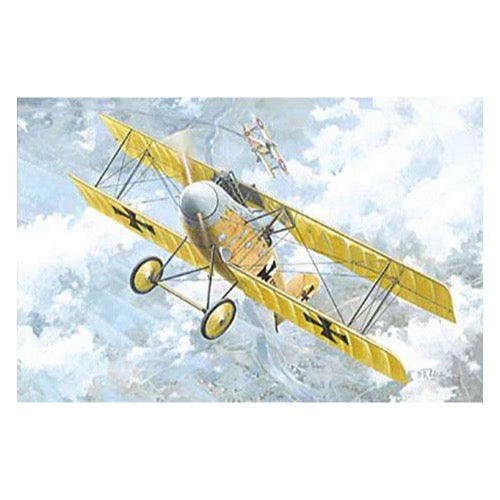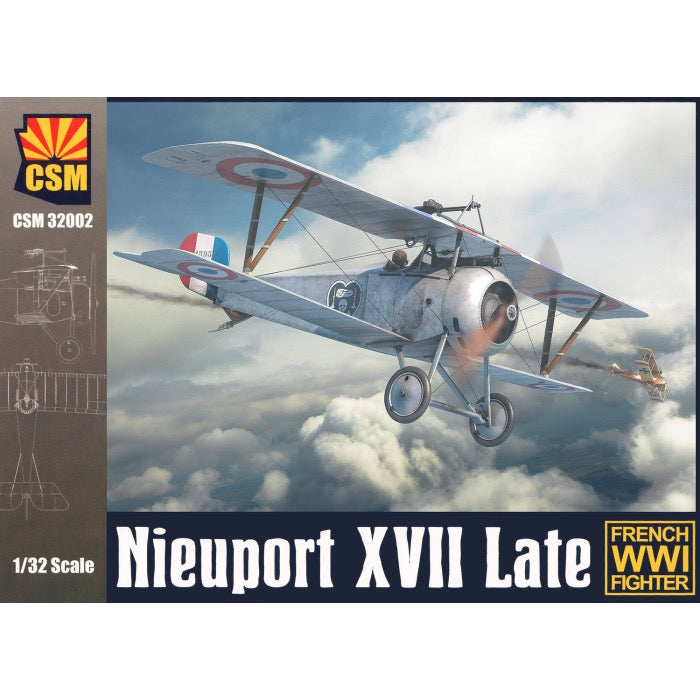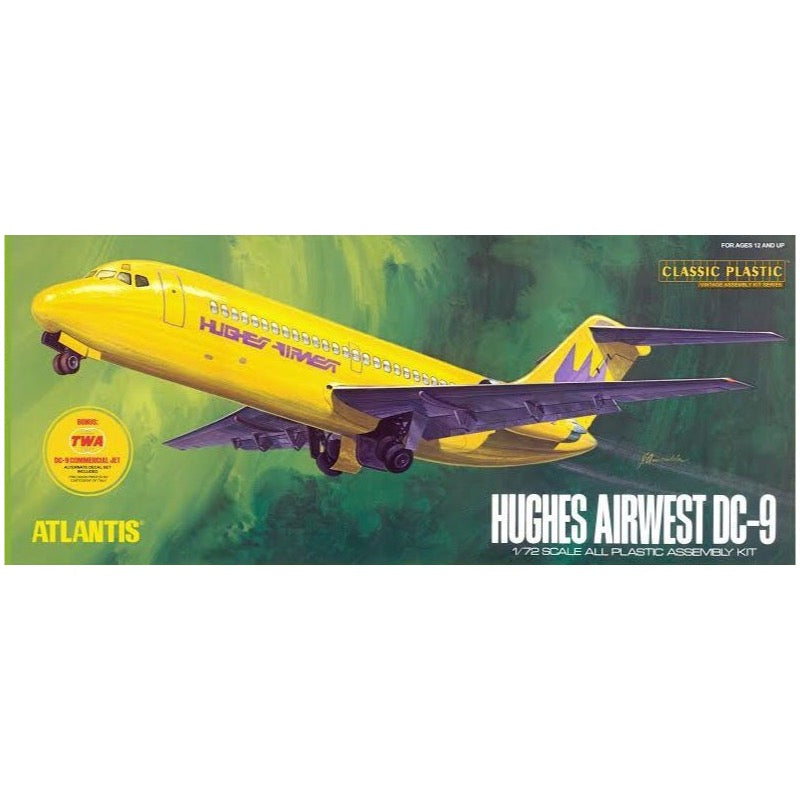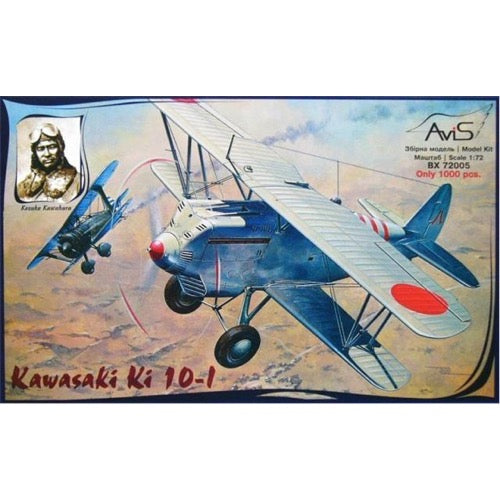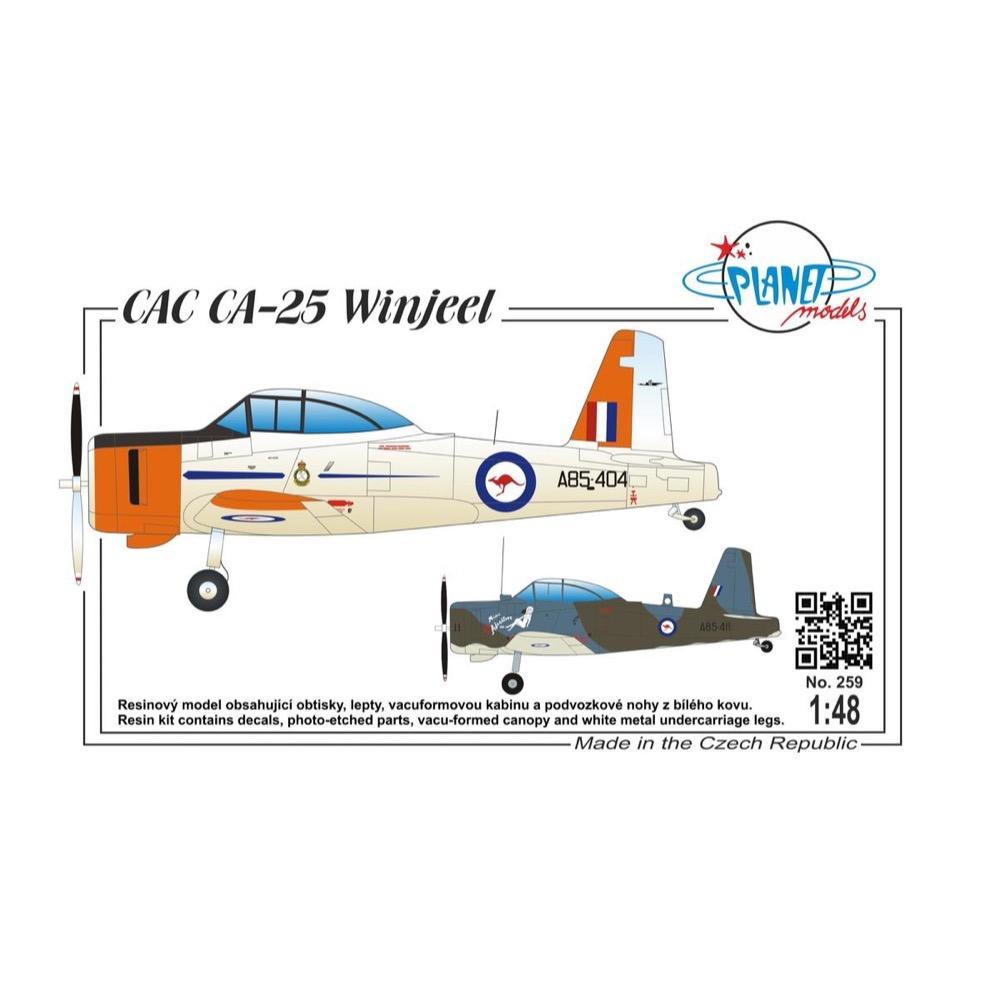
Planet Models 259 1/48 CAC CA-25 Winjeel
Features:
- resin parts
- vacuum-formed canopy
- white metal and clear resin parts
- decal sheet caters for two training
- decal sheet caters for two FAC machines
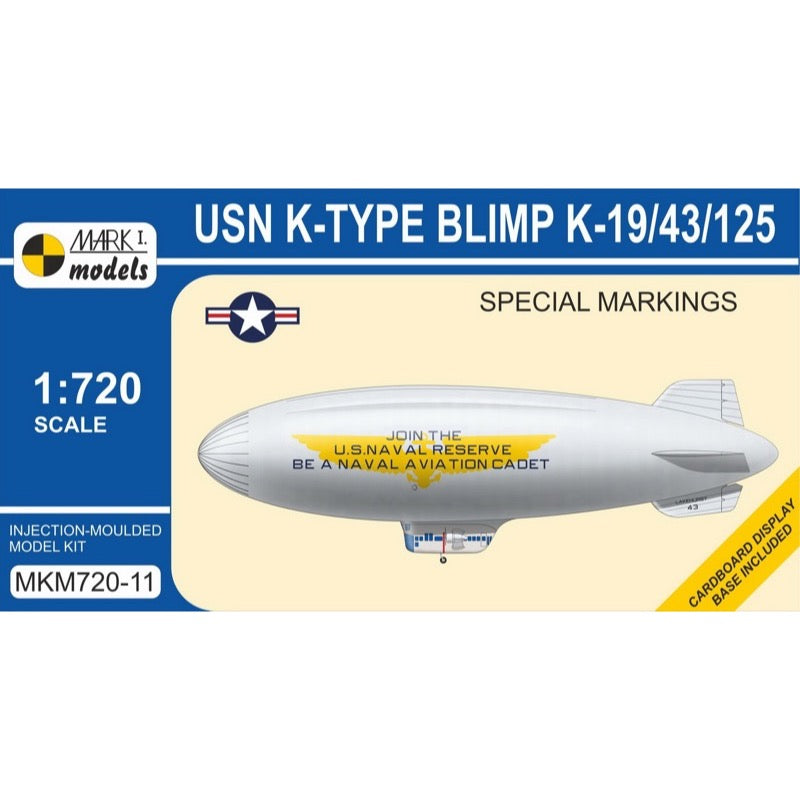
Mark One Models 72011 1/720 K-type Blimp K-19/43/125 Special Markings Non-ridgid
K-type Blimp (K-19/43/125) 'Special Markings' Non-rigid airships (or blimps) were the first types of lighter-than-air craft. Since the turn of the 20th century, they have been employed on a large scale by armed forces and also engaged commercially.
The Goodyear Aircraft Company, the foremost producer of airships in the United States, produced a series of K-class airships which became the backbone of the US Navy’s airship fleet in WWII. Developed from earlier 1930s designs, the prototype ZNP-K-2 first flew in December 1938 and the production was started two years later. A total of 134 airships in four production batches had been built by the end of 1944.
The K-type airship consisted of a fabric covered envelope containing the lifting gas and two internal ballonets. It was fitted with vertical tailfins and horizontal tailplanes with control surfaces. The crew was carried in a control car (gondola), attached flush to the underside of the envelope. It was fitted with a forward firing Browning M2 machine gun while four Mk.47 depth charges could be mounted on two external carriers and in an internal bomb bay. Radar and magnetic anomaly detection (MAD) equipment was also fitted. The ship was powered by two Pratt & Whitney Wasp engines, turning tractor propellers.
The K-type blimps were used for anti-submarine patrols and convoy escorts in both the Atlantic and Pacific Oceans as well as the Caribbean and Mediterranean Seas. Post-war, the Navy’s LTA programme continued, with many ships modified with more advanced electronics, radar search systems and increased capacity envelope. In 1947, the upgraded ships were designated ZP2K and ZP3K and after 1954 they became ZSG-2 and ZSG-3, respectively. The last K-class airship retired in March 1959.
Colour schemes included in the kit:
- Goodyear ZPK-19 (K-type) Blimp, BuNo 04369, Black K-19, Blimp Squadron ZP-2, Fleet Airship Wing 1 (FASW-1), US Navy, Naval Air Station Lakehurst, New Jersey, U.S.A., seen during the first official celebration of Armed Forces Day at Annapolis, Maryland, on 20 May 1950
- Goodyear ZSG-3-43 (K-type) Blimp, BuNo 30165, Black 43, Blimp Squadron ZP-2, Fleet Airship Wing 1 (FASW-1), US Navy, Naval Air Station Lakehurst, New Jersey, U.S.A., recorded during a recruiting circle trip, NAS Moffett Field, California, December 1955
- Goodyear ZSG-3-125 (K-type) Blimp, BuNo not received, Black K-125, Reserve Patrol Squadron ZP-951, Naval Air Reserve Training Unit (NARTU), LTA (Lighter Than Air), US Navy, Marine Corps Air Facility, Santa Ana, California, U.S.A., summer 1955.
This injection-moulded kit contains 17 parts, including a mobile mooring mast. A towing tractor (4 resin parts) is provided. For modeller’s convenience a display base, made of pasteboard card, depicting a section of the military airfield is added. A comprehensive instruction leaflet and a decal sheet are included.


